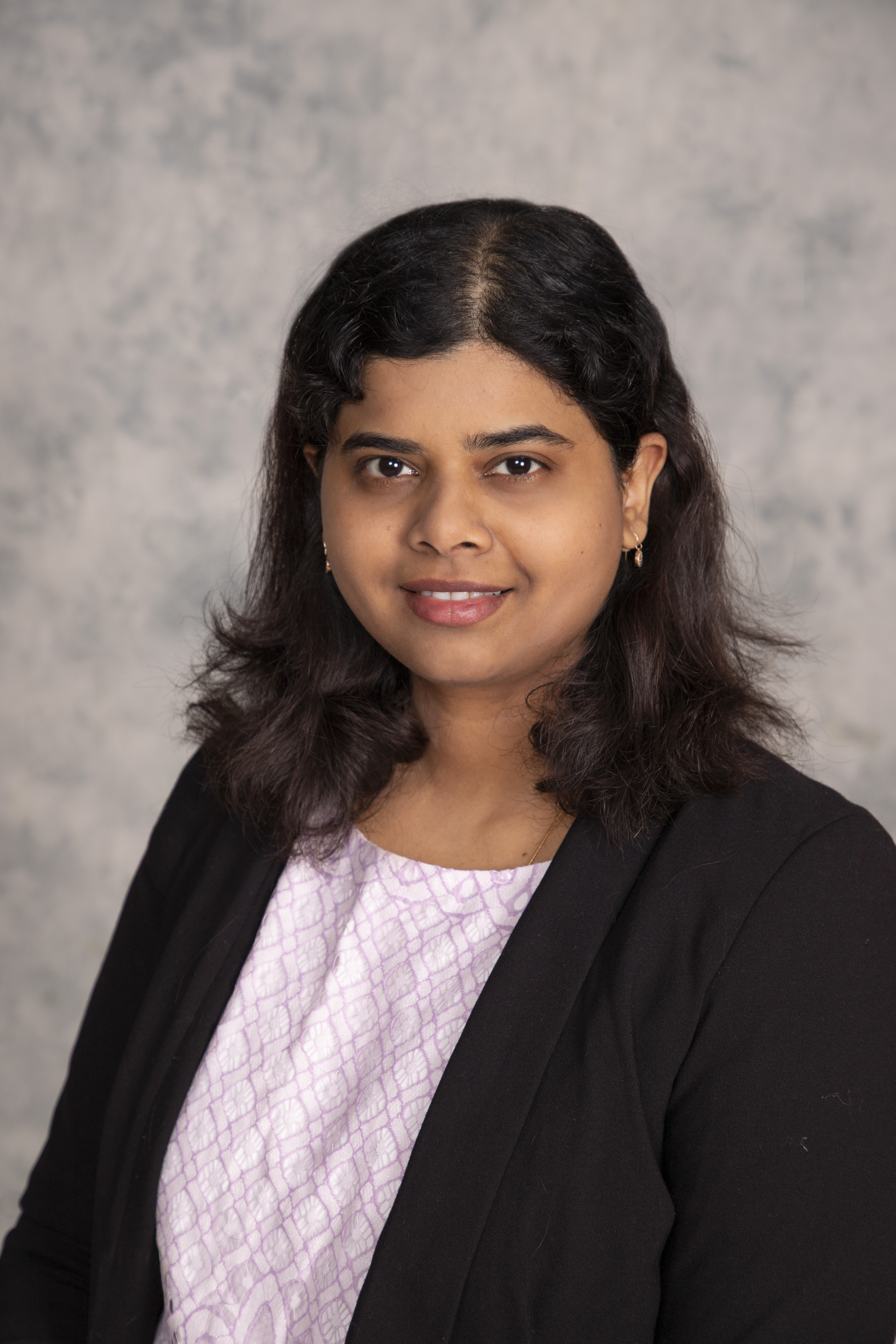Teaching
, University of Alabama Huntsville, 2023
As a scientist, teaching is one of the ways to engage active learning and develop critical thinking for solving real-life problems. It is an (mutual) opportunity for interaction and learning with the next generations, who will be potential leaders and future citizens. In addition to theoretical and empirical evidence based lectures, my approach to teaching strives to incorporate three tools in active learning (a.k.a STEM pedagogy):
- Including powerful visualization tools and emerging technologies to create positive impact in student learning,
- Employ cognitive learning methodologies that will seek to interpret data and understand the hypothesis in problem-solving and research, and
- Inclusion of place-based learning where the students can practically apply their knowledge with examples from physical environments, which is unique to Earth science.
Courses offered
AES 103 - Environmental Earth Science (Fall, Spring and Summer)
AES 313 - Geographic Information System (Fall, Spring)
AES 414/514 - Applications in Geospatial technologies (Fall)
AES 415/515 - Advanced topics in GIS (Spring)
AES 600 - Arctic Environment (TBA)
Apart from traditional lectures, my curriculum addresses the following goals in my courses and they include
- Develop problem-solving skills,
- Nurture critical thinking - Include real-world problems as case-studies during the lab or homework assignments.
- Foster data literacy skills - We live in a world filled with abundant datasets, particular big data. Therefore, it is important that students learn how to access, store, manipulate and process these datasets in an efficient manner.
- Employ cutting-edge technology - It is imperative that there are several new technologies that provide better accessibility and processing capabilities of GIS datasets. This could include cloud-storage, Amazon AWS and other online technologies.
- Support collaborative and active learning - Encourage students to have some flexibility in designing their own projects so that the learning experience is engaging and fun. Encourage the transference of knowledge across various academic disciplines.
